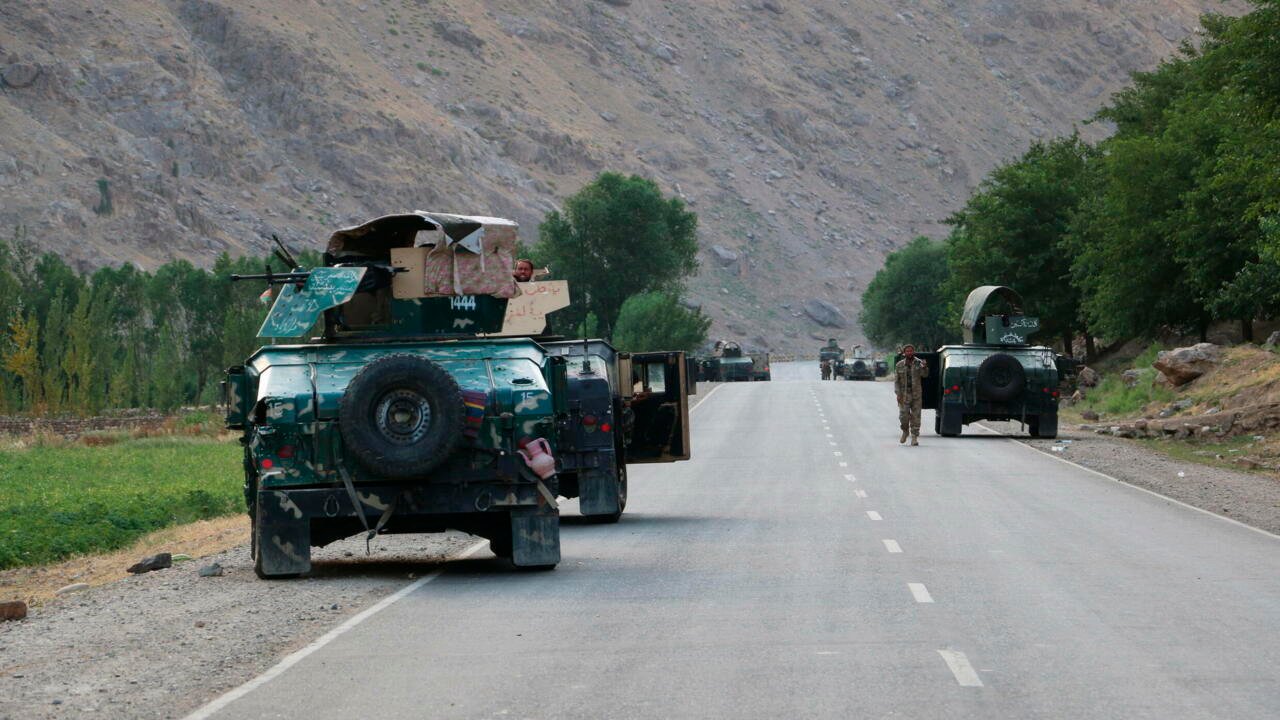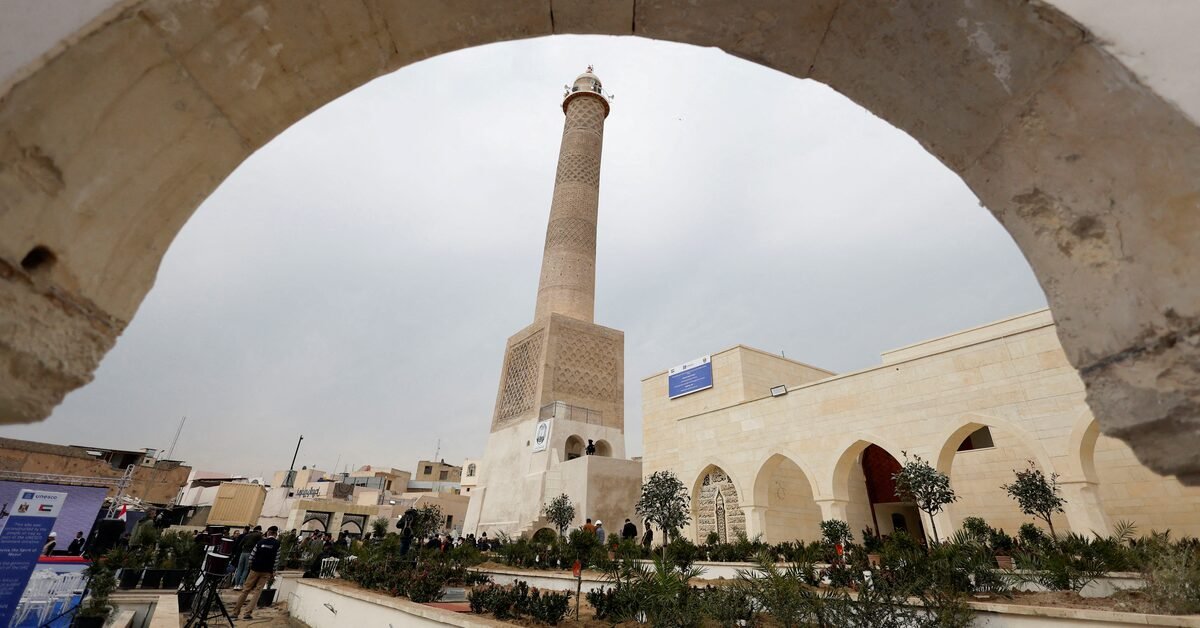Traveling to Afghanistan in 2025, under Taliban rule, is an extraordinary and complex endeavor that requires meticulous planning, cultural sensitivity, and an acute awareness of the risks involved. Since the Taliban regained control of the country in August 2021, Afghanistan has undergone significant political, social, and security transformations. While the Taliban has expressed interest in promoting tourism to boost the economy and enhance their international image, the country remains a high-risk destination due to ongoing security threats, limited infrastructure, and strict cultural regulations. This comprehensive guide provides 11 key steps and considerations for traveling to Afghanistan in 2025, offering practical advice for those seeking to explore this culturally rich yet challenging destination.
1. Understand the Risks and Travel Advisories
Before planning a trip to Afghanistan, it’s critical to acknowledge the inherent dangers. Most Western governments, including the United States, United Kingdom, Canada, and Australia, issue strict “Do Not Travel” advisories for Afghanistan due to terrorism, kidnapping, civil unrest, and arbitrary detention risks. For instance, the U.S. State Department highlights the presence of multiple terrorist groups, including the Islamic State-Khorasan Province (IS-KP), which has targeted foreigners, as seen in the May 2024 attack in Bamyan that killed three Spanish tourists.
Despite some improvements in general security since the Taliban’s takeover, the situation remains volatile. Travelers face risks of detention, particularly dual nationals or those of Afghan descent, as the Taliban may view them with suspicion. Limited consular support—due to the closure of most foreign embassies—means assistance in emergencies is nearly nonexistent. Weigh these risks carefully and consult trusted sources, such as travel advisories and experienced tour operators, before deciding to proceed.
2. Obtain a Valid Afghan Visa
Securing a visa is a crucial step, as all foreign nationals (except those born in Afghanistan or with Afghan parentage) require one to enter the country. Since the Taliban’s takeover, visa issuance has become more complex due to the non-recognition of their government by many nations. Most Afghan embassies operated by the former Islamic Republic of Afghanistan are no longer authorized to issue valid visas. Instead, visas are primarily available through a limited number of Taliban-controlled embassies or consulates, such as those in Dubai, Islamabad, or Peshawar.
The easiest option is to apply for a visa in your home country if an active Taliban-controlled embassy exists. Alternatively, Dubai and Islamabad are convenient hubs due to frequent flight connections to Kabul. Some travelers report success obtaining visas on arrival at Kabul International Airport, particularly for business or humanitarian purposes, but this is not guaranteed for tourists. Ensure your passport is valid for at least six months and carry multiple passport photos. Always verify visa requirements with your tour operator or local contacts, as regulations can change abruptly.
3. Choose an Organized Tour with Reputable Operators
Solo travel in Afghanistan is possible but highly challenging due to limited infrastructure, language barriers, and security concerns. For 2025, the safest and most practical way to visit is through an organized tour led by experienced operators like Untamed Borders, Koryo Tours, or Penguin Travel. These companies employ local guides who understand the cultural and political landscape, manage permits, and navigate security checkpoints.
Organized tours typically cover popular destinations such as Kabul, Bamyan Valley, Band-e-Amir National Park, Herat, and Mazar-i-Sharif. They also ensure compliance with Taliban regulations and provide armed escorts in certain areas. Research tour operators thoroughly, checking reviews and their track record in Afghanistan. Avoid booking with unverified agencies, as mismanagement can lead to dangerous situations.
4. Respect Cultural Norms and Dress Codes
Afghanistan is a deeply conservative society, and adherence to local customs is essential for safety and respect. The Taliban enforces strict dress codes, particularly for women, who must wear a dark abaya and headscarf in public. While burqas are not mandatory for tourists, modest clothing that covers the arms, legs, and hair is non-negotiable. Men should wear traditional attire like the shalwar kameez to blend in and avoid attention.
Beyond clothing, cultural sensitivity includes avoiding public displays of affection, respecting prayer times, and refraining from photographing locals—especially women—without permission. Women travelers should be prepared for limited interaction with Afghan men and may need a male companion in some situations to comply with Taliban rules. Familiarize yourself with these norms through your tour operator or local guides to ensure respectful behavior.
5. Navigate Interactions with the Taliban
Travelers in Afghanistan will likely encounter Taliban members, who serve as government officials, police, and security personnel. Interactions typically occur at checkpoints, site entrances, or during passport checks. The Taliban generally supports tourism as it benefits the economy, and most encounters with tourists are reported to be polite and uneventful.
Always carry your passport, visa, and any required permits, and cooperate fully at checkpoints. Avoid discussing politics, religion, or the Taliban’s policies, as these topics can lead to misunderstandings. Tour guides are invaluable in these situations, as they can communicate in local languages (Dari or Pashto) and defuse potential issues. Patience and a low profile are key to smooth interactions.
6. Prioritize Safety and Security Measures
While the Taliban’s control has reduced large-scale conflict, isolated terrorist attacks and regional instability persist. Areas like Kabul, Bamyan, and Herat are relatively stable, but avoid regions with active conflict, such as parts of the northeast or border areas near Pakistan. Stay informed about local conditions through your tour operator and reliable news sources, as situations can change rapidly.
Practical safety tips include:
- Blend In: Wear local clothing and avoid flashy items like expensive cameras or jewelry.
- Stay Discreet: Never share your travel plans or hotel details with strangers.
- Avoid Night Travel: Stick to daytime activities, as security risks increase after dark.
- Monitor Local Media: Check for updates on protests, floods, or other disruptions.
- Have a Contingency Plan: Know evacuation routes and keep emergency contacts handy.
Travel insurance is critical, as medical facilities are limited, especially outside Kabul. Most insurers do not cover Afghanistan, but IATI Insurance is an exception, offering coverage for travelers.
7. Prepare for Limited Infrastructure
Afghanistan’s tourism infrastructure is rudimentary, with basic accommodations, unreliable electricity, and challenging transportation. Hotels in major cities like Kabul and Herat offer modest amenities, but rural areas may have guesthouses with shared facilities. Expect frequent power outages and limited internet access, so carry a power bank and offline maps.
Road travel is the primary mode of transport, but conditions are poor, and checkpoints are common. Domestic flights connect Kabul to cities like Herat and Mazar-i-Sharif, but schedules are unreliable. Pack essentials like water purification tablets, a first-aid kit, and snacks, as supplies may be scarce outside urban centers.
8. Understand Restrictions for Women Travelers
Female tourists face unique challenges under Taliban rule. While foreign women are exempt from some restrictions imposed on Afghan women (e.g., bans on secondary education or park access), they must still adhere to strict modesty laws and may encounter harassment. The Taliban requires Afghan women to have a male guardian (mahram) for travel over 78 kilometers, and while this rule is not strictly enforced for tourists, solo female travelers may face scrutiny.
Traveling with a group or male companion can ease these challenges. Female tourists should also be aware of limited access to women-only spaces and the risk of sexual assault, though such incidents are rare for foreigners. Review the U.S. State Department’s travel tips for women to prepare accordingly.
9. Explore Key Destinations Safely
Afghanistan boasts stunning cultural and natural attractions, many of which are accessible with proper planning:
- Kabul: The capital offers vibrant markets, the National Museum, and historical sites like the Babur Gardens. Exercise caution due to occasional security incidents.
- Bamyan Valley: Known for the empty niches of the destroyed Buddha statues and Band-e-Amir National Park’s turquoise lakes, Bamyan is relatively safe but was targeted in the 2024 attack.
- Herat: This ancient city features the Herat Citadel and the Great Mosque, showcasing Islamic architecture.
- Mazar-i-Sharif: Home to the Blue Mosque, a stunning example of Afghan tilework.
Stick to itineraries vetted by your tour operator, as some areas may be off-limits due to security or Taliban restrictions. Always travel with a local guide for navigation and cultural insights.
10. Budget and Financial Planning
Afghanistan operates on a cash-based economy, with the Afghan afghani (AFN) as the currency. Credit cards are rarely accepted, so carry sufficient cash in U.S. dollars or euros, which can be exchanged in major cities. ATMs are scarce and unreliable. Budget for visa fees ($50–$150), tour costs ($2,000–$5,000 for a 10-day group tour), and daily expenses like food and transport ($20–$50/day).
Be cautious when handling money to avoid theft, and store cash securely. Tipping guides and drivers is customary, typically 5–10% of the service cost. Factor in emergency funds, as unexpected delays or medical needs can arise.
11. Stay Informed and Flexible
The situation in Afghanistan is dynamic, with frequent changes in security, regulations, and border policies. Monitor travel advisories, local news, and updates from your tour operator. Be prepared for itinerary adjustments due to floods, protests, or Taliban decrees. For example, spring 2024 floods disrupted travel in several provinces, requiring rerouting.
Register with your country’s embassy or foreign affairs office (e.g., the U.S. Smart Traveler Enrollment Program) to receive alerts. If you’re a dual national or of Afghan descent, inform your embassy, as you may face additional scrutiny. Flexibility and preparedness are essential for a safe journey.
Conclusion: A Journey Like No Other
Traveling to Afghanistan in 2025 is not for the faint-hearted, but for experienced travelers seeking cultural immersion, it offers unparalleled rewards. From the turquoise lakes of Band-e-Amir to the historic mosques of Herat, Afghanistan’s beauty and hospitality are undeniable. However, the risks—terrorism, detention, and limited infrastructure—demand careful planning and respect for local norms.
By choosing a reputable tour operator, securing proper documentation, and staying informed, you can navigate the complexities of travel under Taliban rule. Approach this journey with humility, caution, and an open mind, and you’ll gain a deeper understanding of a nation that, despite its challenges, continues to captivate adventurous souls.



